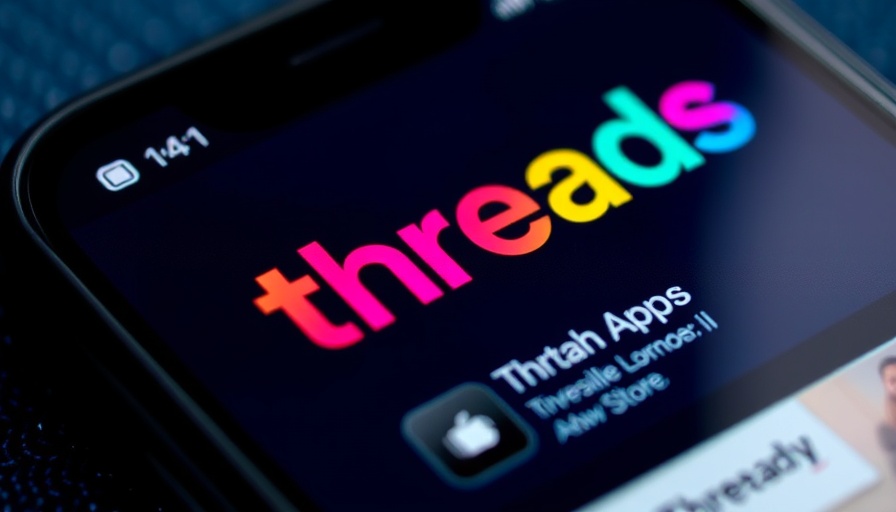
Threads Introduces DMs: A Game Changer or a Misstep?
Earlier this week, Instagram's Threads platform rolled out its most-requested feature yet—direct messages (DMs). While many updates are welcomed by users, the addition of DMs has ignited a backlash predominantly among women, who express concerns about unsolicited communications and harassment. This backlash highlights a crucial aspect of tech development: the balance between innovation and user safety.
User Backlash Highlights Concerns
The immediate reactions to the new DM feature have been overwhelmingly negative among users who value the privacy and harassment-free environment that Threads previously offered. Many users took to the platform, lamenting the arrival of DMs with comments such as, “I don’t want to receive DMs. How do I shut this thing off?” and “Great. More ways for women to get harassed online.” This public outcry reflects a collective sentiment that the platform should prioritize user choice, particularly regarding safety features.
Understanding User Sentiment: The Fear of Harassment
Reports of harassment on social media platforms are unfortunately common, especially for women. The introduction of DMs on Threads raises fears of increased unwanted attention, furthering a narrative that the new feature caters more to potential stalkers than to general users wanting genuine conversations. A survey cited by users indicates that many would have preferred to keep DMs off the platform entirely, suggesting a disconnect between user desires and company decisions.
A Lack of Control: The Emotional Toll on Users
With the current design, users must follow someone for that person to DM them, adding a layer of control, but not enough for many. If a user is bothersome, the required step of unfollowing them may not feel satisfactory enough for those concerned about their privacy. The absence of an outright opt-out feature feels disempowering, leaving users feeling vulnerable. This lack of control over personal interactions highlights a significant misstep in prioritizing user experience.
Comparing to Other Platforms: A Cautionary Tale?
Other social media networks such as X, Bluesky, and Mastodon have incorporated direct messaging, but Threads' unique positioning led many to appreciate a lack of this feature. As these similar platforms have faced backlash over harassment and spam, the sudden introduction of DMs on Threads raises questions about how much companies learn from each other and the consequences of their decisions.
The Importance of User-Centric Design
A user-centric approach is vital for social media platforms. As platforms evolve, their features must remain aligned with user expectations and cultural norms. The pushback against DMs reflects an essential call for technology companies to listen to their users and incorporate safety features proactively rather than reactively.
Future Steps for Threads: What Can Be Done?
If Threads wants to reassure users and maintain a community-focused environment, implementing a clear method for opting out of DMs should be prioritized. Addressing user safety concerns is no longer secondary but a fundamental need for building trust and fostering positive interactions on their platform.
Conclusion: The Path Ahead for Social Media Engagement
The recent backlash to Threads’ DM feature underscores the ongoing tension between technological advancement and user safety. For Threads, the challenge lies in balancing growth with the responsibility of safeguarding its user base. By prioritizing user feedback and safety through actionable changes, Threads can pave the way for an engaging and secure social media experience.
 Add Row
Add Row  Add
Add 



Write A Comment